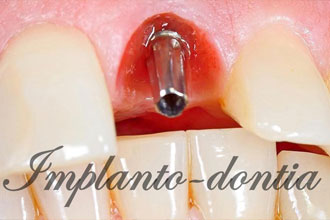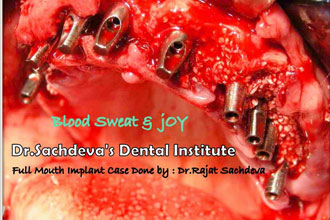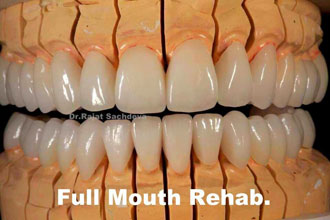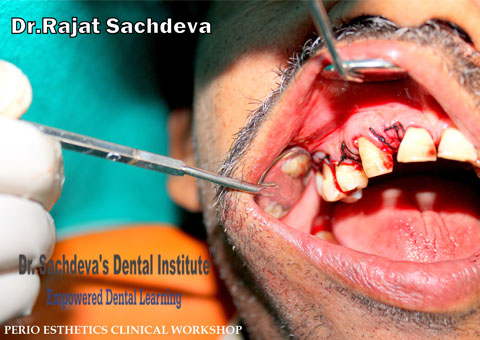Conscious Sedation For Kids
Ask a Question to Our Dentist
Conscious Sedation For Kids
Conscious sedation can achieve a minimal, moderate, or even deep suppression of consciousness — after which the child will remember nothing about the procedure. Minimal conscious sedation is the most commonly used for the treatment of fear and anxiety with invasive dental procedures. It allows the child to retain the ability to breathe independently and respond appropriately and normally to physical tactile stimulation and verbal commands. Minimal (which can progress to moderate) conscious sedation is commonly achieved with medication taken by mouth (orally). Deep conscious sedation usually relies on the use of sedative medication delivered through a vein (intravenously).
Oral conscious sedation is often accompanied by a nitrous oxide/oxygen combination, which when inhaled produces some pain relief; this is used with a local anaesthetic delivered by injection.
latest Posts
Stay up to date with all our latest news and launches.





